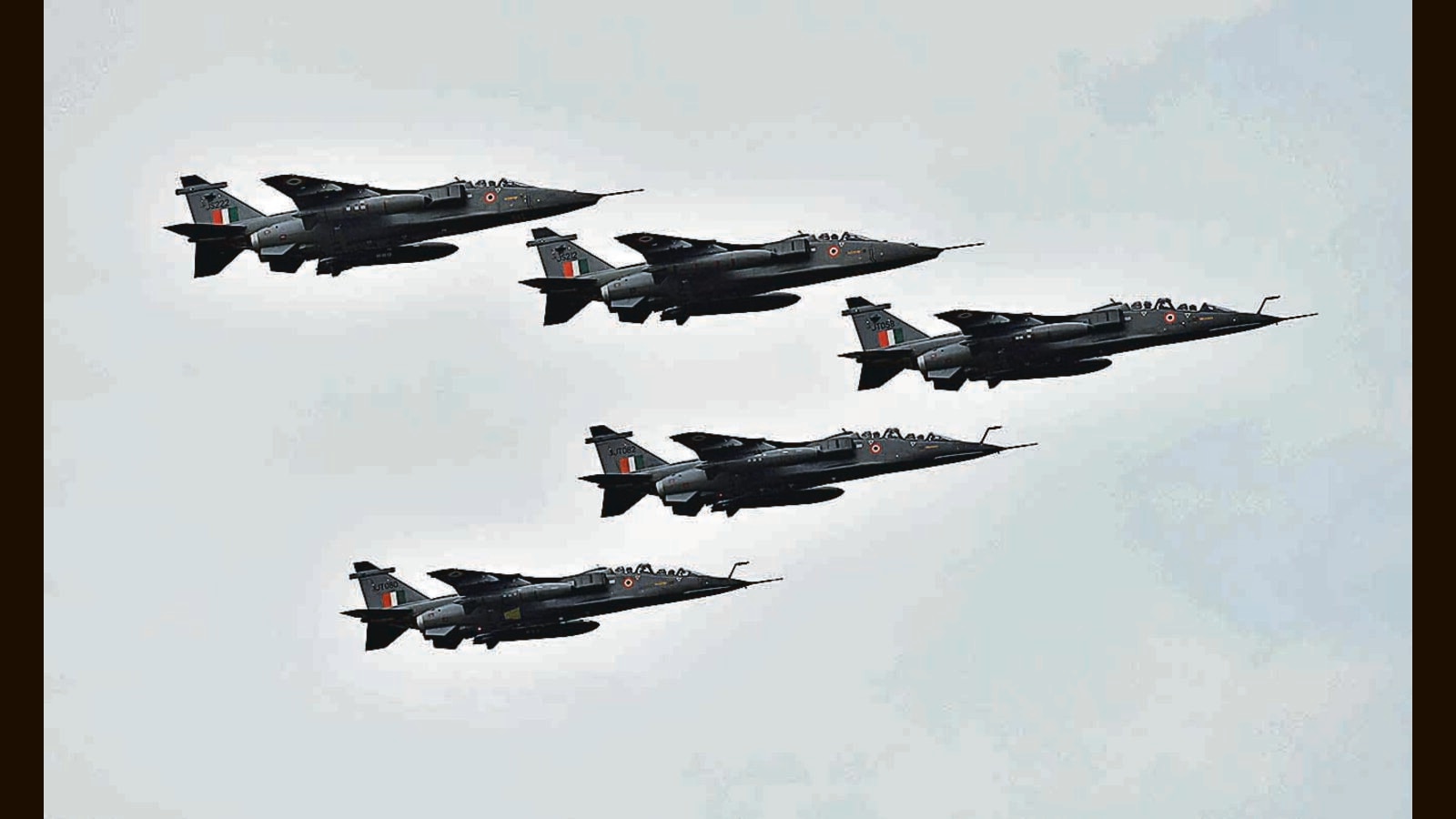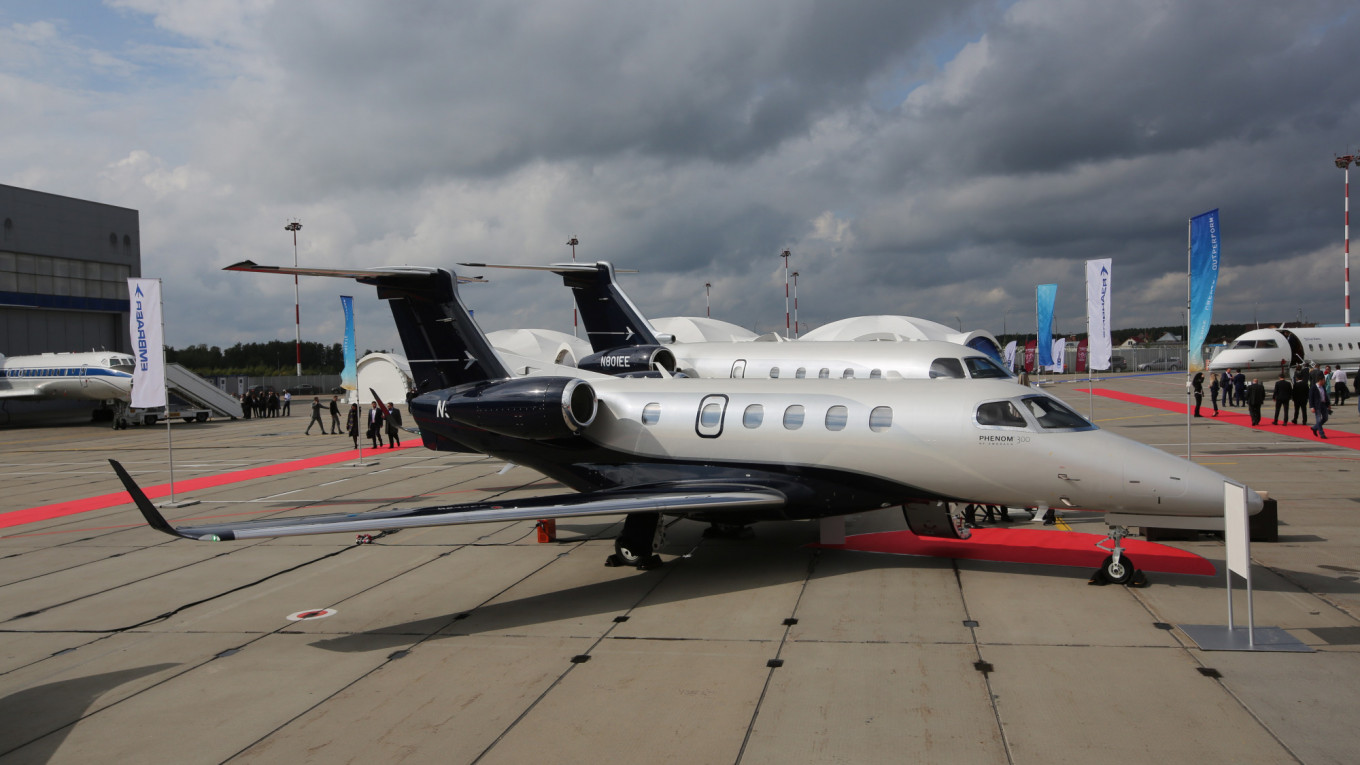Jets Union Lake - The Lockheed F-94 Starfire was a first-generation all-weather, day/night interceptor jet aircraft of the United States Air Force. The two-seat craft was developed from a late 1940s Lockheed T-33 Shooting Star trainer. It reached operational service with the Air Defense Command in May 1950, replacing the North American piston-engined F-82 Twin Mustang in the all-air intercept role.
The F-94 was the first operational USAF fighter equipped with an afterburner for combat in January 1953 during the Korean War and was replaced in the mid-1950s. By Northrop F-89 Scorpion and North American F-86D Sabre. The last aircraft left Air National Guard service in 1958 and 1959.
Jets Union Lake

A USAF-spec radar-equipped interceptor aircraft in 1948 to replace the aging Northrop F-61 Black Widow and North American F-82 Twin Mustang against the (reverse) threat of the new Tupolev Tu-4 bombers of the USSR, specially designed for standing. - manufactured Boeing B-29). The Curtiss-Wright XF-87 Blackhawk was intended to be the USAF's first jet night fighter, but performance was poor and Lockheed had to design a jet night fighter based on a crash program.
Russian Oligarch's Yachts, Private Jets Still Traveling Amid Sanctions
The F-94 is derived from the TF-80C (later the T-33A Shooting Star), a two-seat trainer version of the F-80 Shooting Star. A nose area equipped with a gun, radar and automatic fire control system was added. Because the conversion seemed so simple, a contract was signed with Lockheed in early 1949 and the first flight was made on April 16, 1949. The first test YF-94s used 75% of the parts used in the earlier F-80s and T- 33As.
The fire control system was the Hughes E-1, incorporating the AN/APG-33 radar (derived from the AN/APG-3 that controlled the tail guns of the Convair B-36) and the Sperry A-1C calculating sight.
This short-range radar system was only useful in the final stages of the seizure. As with the previous aircraft it replaced, most of the operation would be controlled by ground interception.
The added weight of the electronics required a more powerful thruster, so the standard Allison J33A-35 turbojet engine installed in the T-33A was replaced by a more powerful afterburner version, the J-33-A. 33. The combination has a reduced internal fuel capacity. The F-94 would be the first U.S. built combustion-fuel aircraft. The J33-A-33 had a standard thrust of 4,000 lbf (18 kN), which increased to 5,400 lbf (24 kN) with water injection and a maximum thrust of 6,000 lbf (27 kN) during combustion. ) Push.
Elon Musk's Private Jet Isn't So Private Thanks To Trackers
The first production model was the F-94A, which entered service in May 1950. Armament consisted of a hull-mounted 0.50 in (12.7 mm) M3 Browning machine gun with muzzles protruding from the rear of the turret. The two 165 US gallon (620 L) drop tanks carried by the F-80 and T-33 could be carried under the wingtips. Alternatively, these could be replaced by 1,000 lb (450 kg) bombs, giving the aircraft a secondary role as a fighter-bomber.
109 copies were produced. The F-94A was in service for a short time since initial production and was not well received by aircrew. First of all, this was due to the unreliability of the J33 engine, which caused many aborts and was considered dangerous by the crew. The aircraft was rated by pilots as unstable and difficult to maneuver at high altitudes. The pilot and radar operator found that the cockpit was too narrow to allow rapid entry and exit during signals and climbs. The clearance for emergency ejection seats was too small, resulting in several tragic accidents during ejection.
The later F-94B, which entered service in January 1951, was almost identical in appearance to the F-94A. The Allison J33 turbojet had a number of modifications that made it a very reliable breed; the pilot received a wider cockpit and the canopy was replaced by a canopy with a spring frame between the two crew members, as well as a new Instrument Landing System (ILS). 356 of them were built. It proved to be a very reliable aircraft in service with relatively few problems. After replacing in-service F-94As with active duty squadrons, the older models had to be redesigned and brought up to F-94B standards. These upgraded F-94A/Bs were also modified with twin gun pods under each wing for two additional 0.50 in (12.7 mm) machine guns each, bringing the total to eight. These aircraft were assigned to Air National Guard units where they served until the late 1950s.

The F-94C Starfire has been extensively modified from the early F-94 variants. In fact, it was originally called the F-97, but eventually decided to accept it as a new version of the F-94. USAF interest was high, so Lockheed funded the development itself, converting two F-94B aircraft into YF-94C prototypes for evaluation. An all-new slimmer wing was developed along with a swept tail surface to improve performance. The J33 engine was replaced by the more powerful Pratt & Whitney J48, a license-built version of the incendiary Rolls-Royce Tay, which dramatically increased power, producing 6,350 lb-ft (28.2 kN) and about 8 dry thrust. , 750 lbf (38.9 kN) with afterburner.
The Story Of The Soviet Su 9 Pilots Who Were Ordered To Ram Powers' U 2 (one Of Them Claimed To Have Downed The U 2 With The Wake Of His Jet By Crossing In
The fire control system was upgraded to the new Hughes E-5 with larger nose AN/APG-40 radar. The guns were removed and replaced with a full missile gun consisting of four groups of six missiles in a ring around the nose. The missiles were carried on four panels that could be flipped up and out for reloading on the ground. In flight, these missiles were usually concealed behind four inward folding doors around the nose cone. According to Lockheed test pilot Tony LeVier, the F-94C is capable of supersonic flight in a steep dive with afterburners.
Over time, tires received the name F-94 family. The first production F-94Cs were delivered in July 1951, with 387 delivered before May 1954. The main problem encountered in service was the nose missiles, which blinded the crew with smoke and fire. The main problem with launching nose-mounted missiles was that the exhaust gas could ignite the jet engine, resulting in a loss of the aircraft. After the 100th aircraft, mid-wing missile pods were added to the leading edges, similar in concept to previous gun pods, each carrying 12 missiles and fitted with a fragile aerodynamic nose flap that ejected when the missiles were fired.
No nose missiles were usually installed and center cruise missiles were the only weapon. This version of the aircraft was widely used in the Semi-Automatic Ground Vironmt (SAGE) air defense system.
The F-94D model was envisioned as a single-seat fighter-bomber, with bombs and missiles under its wings. One prototype was built, but the model was not accepted for production. The prototype was later used as a test bed for the 20 mm (0.79 in) M61 Vulcan cannon used on the F-104 Starfighter and many others.
Clipping: First Women Set To Fly Jets\
The main users of the F-94 were Air Defense Command (ADC) squadrons, which eventually captured 26 squadrons. The first F-94As were assigned to the 325th Fighter-All Weather Group at McChord AFB and Moses Lake AFB, Washington.
It replaced the propeller-driven F-82F Twin Mustangs used by the 317th, 318th, and 319th Squadrons. After the F-82s demonstrated the Tupolev Tu-4 strategic bomber, a converted version of the Soviet Union's B-29 Superfortress, in 1949, some were landed and interned in the Soviet Far East. During the Second World War. The F-82Fs proved to be an excellent all-weather long-range day and night interceptor, but lacked any logistical support, resulting in chronic parts shortages. However, the jet-powered F-94As had shorter legs than the F-82s and relied more on Ground Control Intercept Radar (GCI) to guide them to intercept aircraft.
After the 317th was equipped in the Pacific Northwest, the ADC re-equipped the 52d Fighter-All Weather Group at McGuire AFB, New Jersey.

Who flew F-82Fs and provided air defense in the northeastern United States. However, it was during this period that the Air Defense Command began to disperse its fighter squadrons from unit groups to individual bases. In 1950 and 1951, ADC st F-94A to squadrons of the 56th Fighter Group
Arrogance, Ignorance, Greed': Pilots' Union Chief Blasts Boeing Over Max
Upper Midwest to replace the aging F-47 Thunderbolts, F-51 Mustangs, as well as F-80 Shooting Star and F-86A Saber daytime fighter jets.
In March 1951, upgraded F-94Bs were purchased from Lockheed by the 33d Fighter Wing at Otis AFB, Massachusetts, to replace the F-86A Sabres.
Although the wing's last squadron did not replace its Sabers until May 1952. Three Federalized Air National Guard units, the 121st FIS (DC ANG), the 142nd FIS (Maine ANG), and the 148th FIS (Pennsylvania ANG) received an F-. 94Bs in Washington, D.C. during the Korean War. while on active duty when called upon to violate the airspace above, but these F-94s
Hotels south lake union, citizen south lake union, south lake union chiropractic, citizenm south lake union, union local jets football, ascent south lake union, hotels near lake union, south lake union dentistry, lake union seattle apartments, south lake union apartments, jets pizza union lake, union local jets
0 Comments